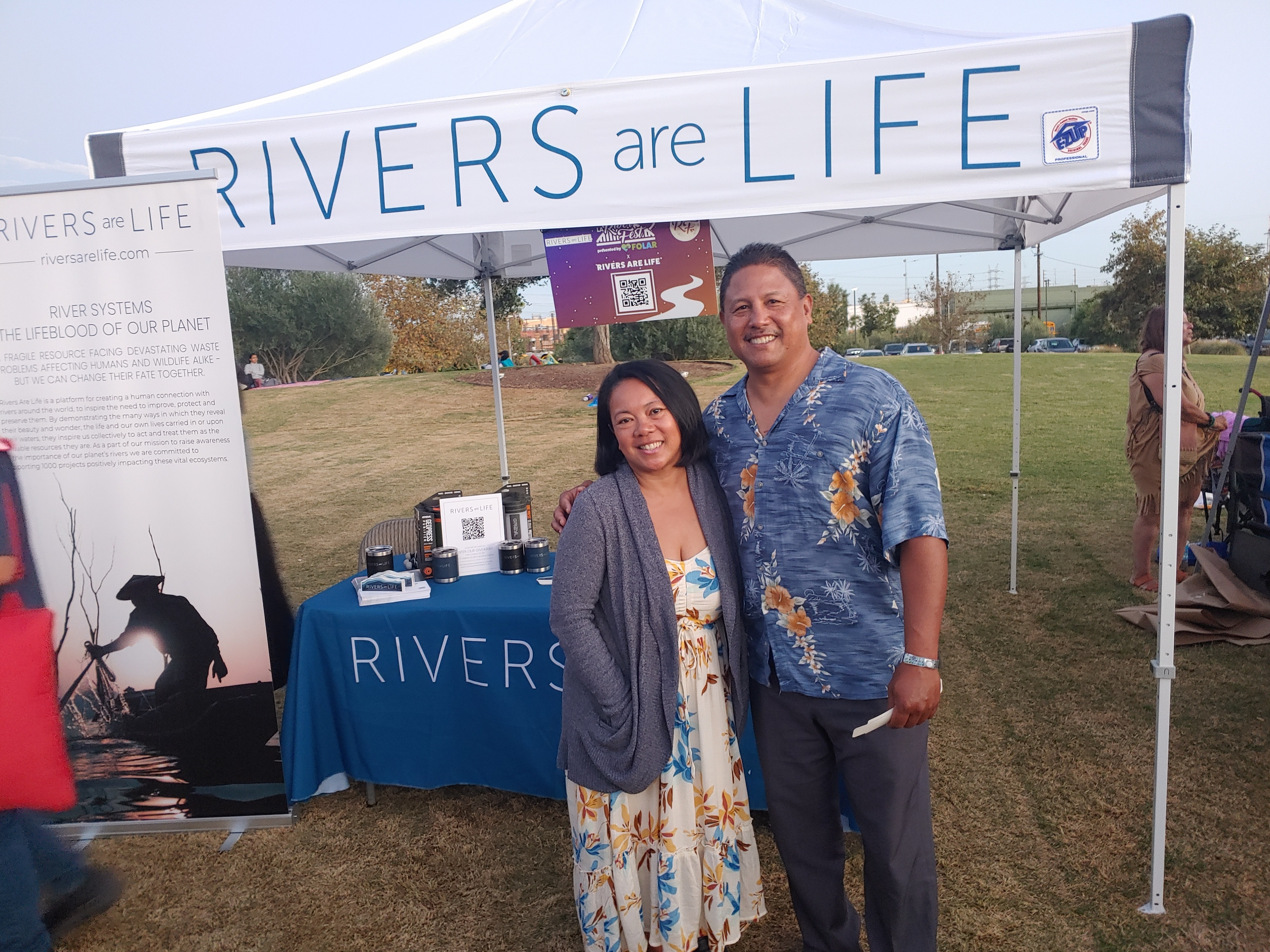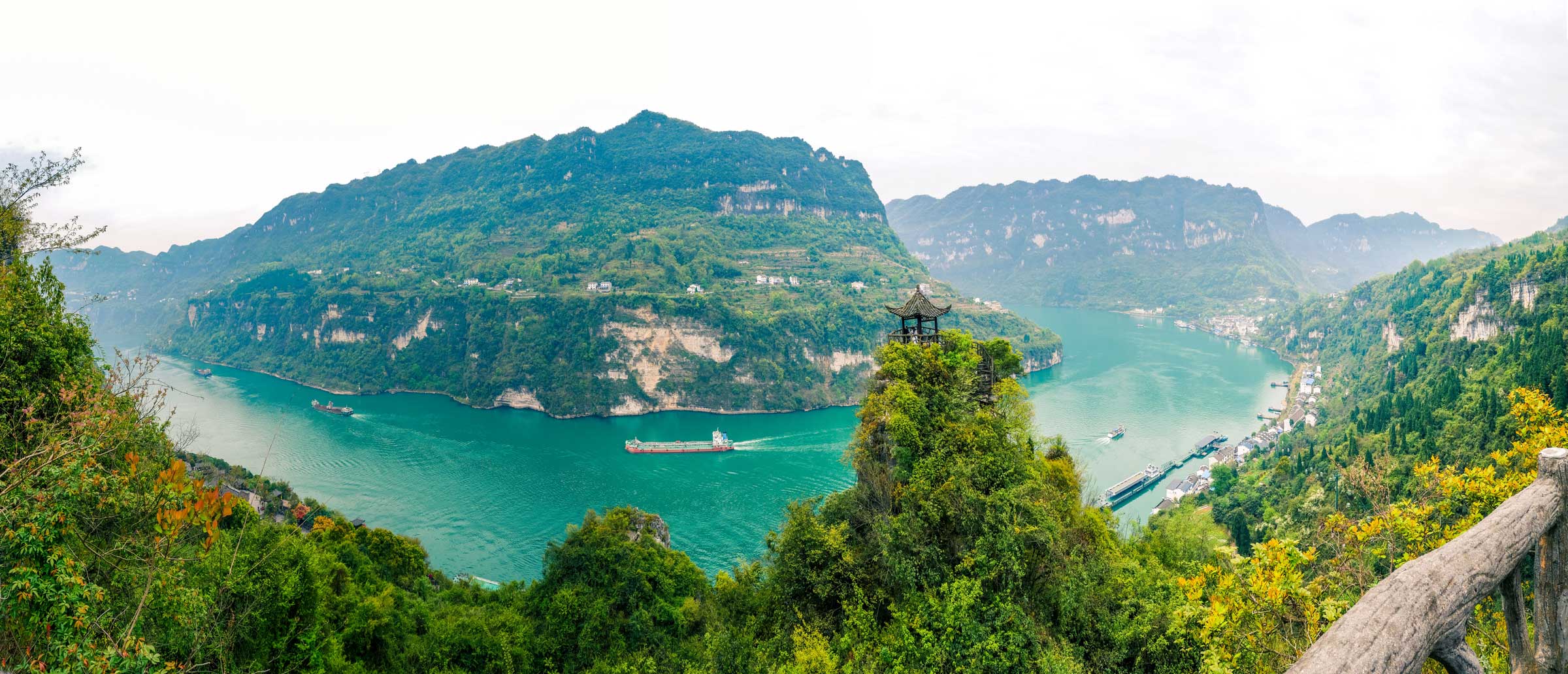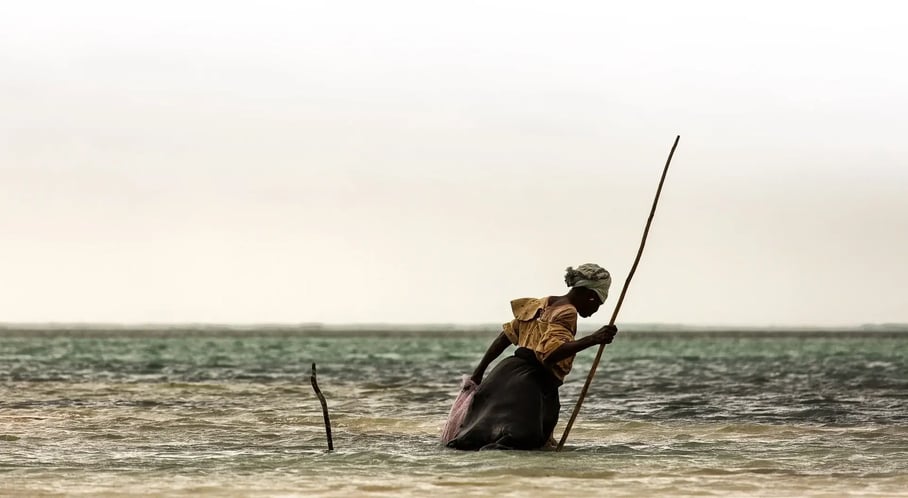RIVERS ARE LIFE
Nile River – Treasure of Past, Present, and Future
The Nile River is one of the most important rivers in the world and has been treasured by civilizations for millennia. The river has been a source of food, water, and transportation for people throughout history. Evidence of its influence is everywhere.
Today, it is still an important resource for many people and continues to play a vital role in the development of the region. However, modern industry and global warming now threaten this great river and, subsequently, the people who rely on it. Fortunately, there are those who are still willing to meet these challenges head-on and defend the river Nile.
The river flows
The Nile is a major river in northeastern Africa and is one of the longest rivers in the world. The river is approximately 4,132 miles long, and its basin covers an area of more than 1.2 million square miles. The Nile has two major tributaries, the White Nile and the Blue Nile. The White Nile, which is the longer of the two, rises in the Great Lakes region of central Africa, while the Blue Nile originates in Ethiopia.
The Nile flows northward through a series of waterfalls and rapids before eventually emptying into the Mediterranean Sea. The river provides a vital source of water for irrigation and other uses in Egypt, Sudan, Ethiopia, and other countries along its course.
The great river has been an important part of Egyptian culture for thousands of years, and it continues to play a significant role in the country’s economy and way of life.
Along the river’s edge
The Nile has always been central to the lives of Egypt’s people. In fact, today, 95% of the country’s population still lives within 12 miles of its waters.
Cairo, Egypt’s capital, rests on the banks of the Nile River. As the largest city in Egypt (with a population of over 21.7 million people), Cairo is a major economic and cultural center. The city boasts a number of important historical sites, including the Egyptian Museum and the Pyramids of Giza.
The Nile River splits the city of Luxor, whose name means “palace” in Arabic, in half. Luxor is home to ancient Egyptian temples and other monuments and is among the oldest inhabited cities on Earth. Before Cairo, it was the capital of Egypt and has a population of 422,000.
Also in southern Egypt, on the east bank of the Nile River, sits Aswan. The bustling city is best known for the Aswan High Dam but is also well known for its beautiful scenery and ancient sites, including the Temple of Isis and the Philae Temple. Aswan’s population is 357,000 people, all reliant on the waters of the Nile.
Where the past joins the present
The magic of the Nile lies in its ability to connect the past and present. It flows past some of the most ancient sites in the world while also running through some of the most modern. It reminds us where we come from, where we are, and perhaps warns us of what the future may hold.
Sites such as the Pyramids of Giza, the Egyptian Museum, and the Aswan High Dam are strewn along the Nile like jewels on a necklace. They embody what it is to experience the past and present along the river.
Located in Giza, Egypt, the pyramids were built over 4,500 years ago, and are some of the most famous and extraordinary structures in the world. The largest of the pyramids is the Great Pyramid of Giza, which is the oldest of the Seven Wonders of the World and is also the single remaining Wonder of the Ancient World.
As the river passes the Pyramids of Giza, we can imagine what the lives of ancient Egyptians might have been like. Living along the same river, enjoying its bounty, marveling at the work of the pharaohs.
Past and present meet at the Egyptian Museum, one of the largest museums in the world. Relics from throughout Egyptian history, including the famed statue of Ramses II, are on display to delight and amaze visitors from across the globe. Audio tours are available via the museum’s app and guide patrons through the exhibits and collections that span millennia.
The Aswan Dam is, of course, located in Aswan, Egypt and is one of the largest dams in the world. The dam was built in order to provide irrigation water for the surrounding area and to generate hydroelectric power. Unfortunately, the dam has also had a negative impact on the environment and ecology of the Nile River.
The dam blocks the natural flow of the Nile and causes unnatural flooding in certain areas. This leads to increased soil salinity, changes in the water table, and excessive water plant growth. These problems have caused the loss of fish and other aquatic species, as well as damage to the Nile’s natural beauty.
The Aswan Dam, while a marvel of modern engineering, is also a monument to humanity’s capacity to alter the world.
The Nile under threat
The Nile supports agriculture, industry, and domestic uses for millions of people and is home to hundreds of plant and animal species. However, the river faces many challenges in today’s world. Chief among them, pollution, overuse, and climate change.
Pollution is a serious issue for the Nile River. Industrial and domestic waste are frequently dumped into the river without proper treatment. This has led to the river becoming increasingly tainted, which damages the environment and threatens the livelihoods of people who depend on it.
The Nile also struggles with overuse. Irrigation, drinking water, and industry all take their toll on the river, leading to the depletion of its resources. Throughout the region, water is free to use, so many people use it with abandon. Fields are overwatered which leads to problems in the water table, soil salinization, and a decrease in water resources. Care should be taken, lest the Nile be taken for granted too long.
Overuse, in addition to climate change, could spell disaster for the Nile. The river’s water levels are expected to decline due to global warming. With decreased water availability added to wasteful water usage, the people who depend on the Nile for agriculture, industry, and drinking water may have cause for concern very soon.
Protecting the Nile
In order to prevent catastrophic water degradation, steps must be taken to protect the vital resources of the mighty Nile River. Its reign through northern Africa has provided life for countless generations of people. It’s now our generation’s task to give back.
Cleaner water
The primary approach to safeguard the Nile is to encourage more sustainable waste management techniques. This includes investing in water treatment infrastructure so that pollutants may be effectively eradicated from the water.
While water sanitation is important for the health of the people who depend on the Nile, it is equally important for the environment. Improperly treated water can lead to pollution and contamination of the river.
Water sanitation is the process of treating wastewater and household water so that it is safe to use. This is done through a combination of treatment methods, such as filtration, sedimentation, and disinfection.
The Sustainable Rural Sanitation Services (SRSS) program is a project that is working to improve water sanitation on the Nile River. The project is funded by the World Bank and implemented by the Egyptian Ministry of Environment. The goal of the project is to provide improved water sanitation services to rural residents in Egypt.
The initiative is working toward its goal by funding water treatment facilities and promoting improved waste management habits. The project is also attempting to increase awareness of the significance of water sanitation. Through these efforts, the SRSS has made major strides in protecting the Nile and the people who depend on it.
More sustainability
Another way to protect the Nile River is by promoting conservation efforts. This means reducing the amount of water that is used for irrigation and industry, as well as using water more efficiently, so that less is wasted.
The Nile Basin Initiative (NBI) is a regional body, established in 1999 to promote cooperation among the countries that share the Nile River. The goal of the NBI is to foster sustainable development in the region by working together to manage the resources of the Nile.
The NBI has made significant progress in its work to promote conservation and sustainable development in the Nile Basin. One of its most important achievements has been the signing of the Nile Basin Cooperative Framework Agreement (CFA) in 2010. The CFA is a legally binding agreement that commits the countries of the Nile Basin to work together to manage the river in a sustainable way.
More than a river
The Nile River is a vital resource for the people of northern Africa and needs to be protected. It provides water for agriculture, industry, and drinking water for millions of people.
But even more than that, it offers a window into the past through which we can glimpse cultures lost to history, people who lived solely by the bounty of the great Nile. To lose the richness of what the river represents, in addition to what it provides, would truly be a tragedy. We owe it to the people of the Nile region, the Nile itself, and, indeed, the world, to protect this great river for generations to come.
Share this
You May Also Like
These Related Stories

RaL's 'River of Angels' at RiverFest: LA River Support
.jpg)
Why Rivers Matter


